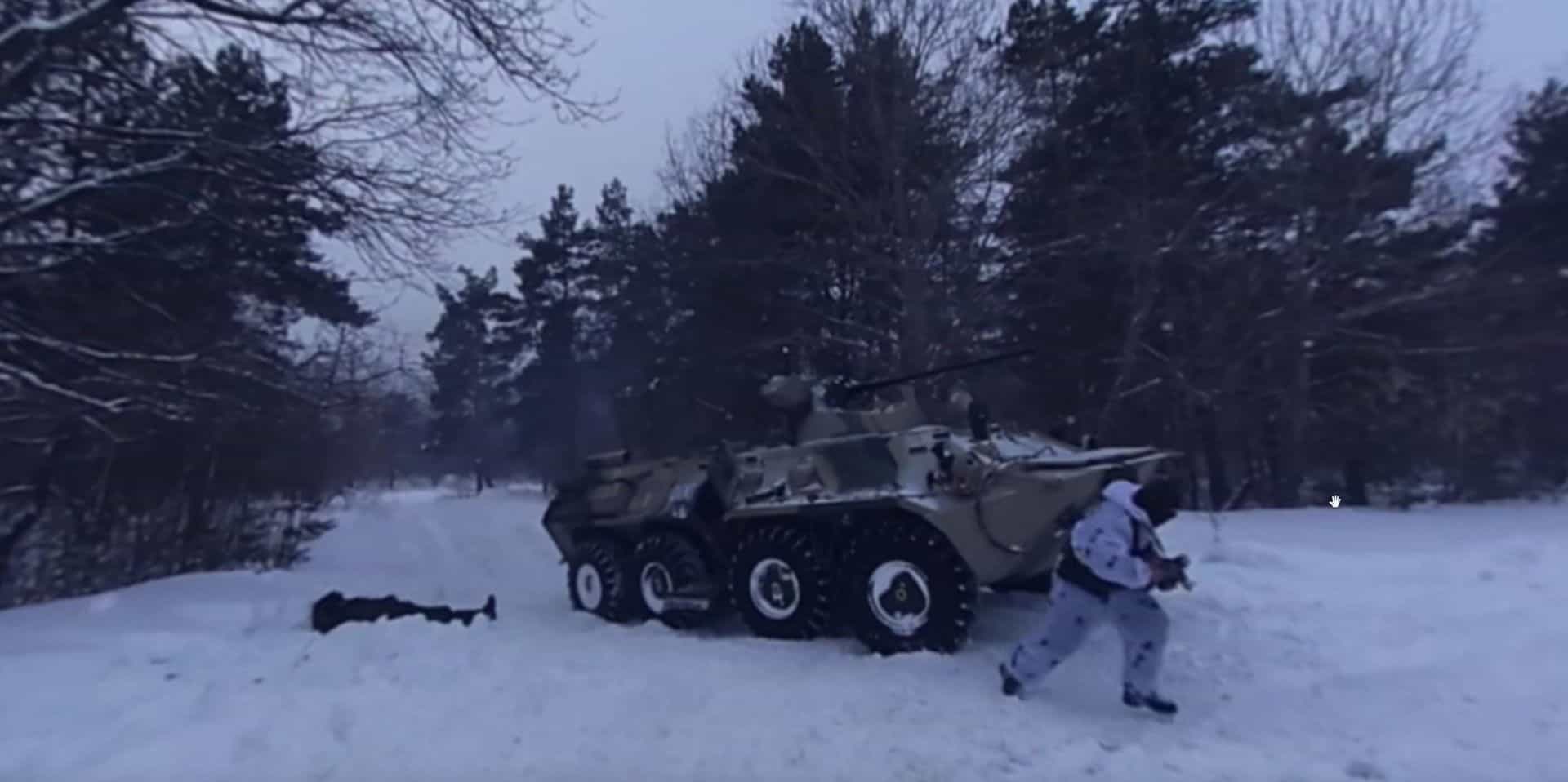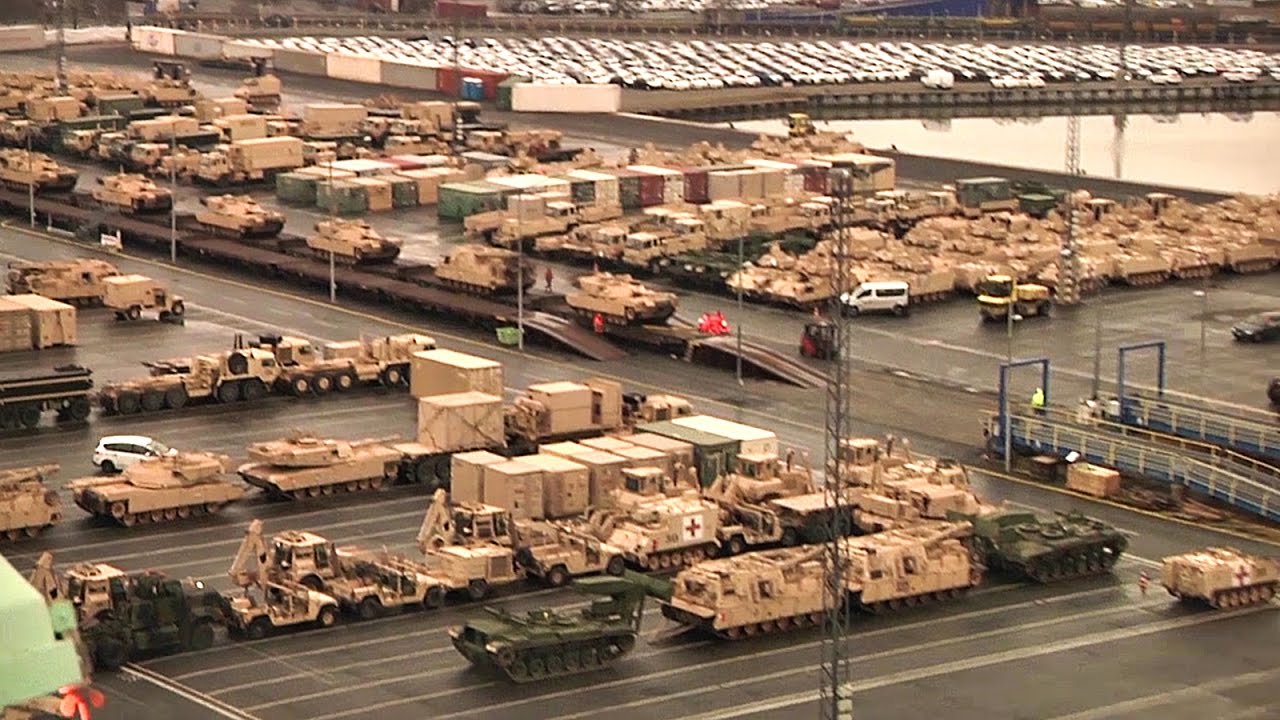B-2 Spirit Stealth Bomber
The revolutionary blending of low-observable technologies with high aerodynamic efficiency and large payload gives the B-2 important advantages over existing bombers. Its low-observability provides it greater freedom of action at high altitudes, thus increasing its range and a better field of view for the aircraft's sensors. Its unrefueled range is approximately 6000 nautical miles (9600 kilometers). The B-2's low observability is derived from a combination of reduced infrared, acoustic, electromagnetic, visual and radar signatures. These signatures make it difficult for the sophisticated defensive systems to detect, track and engage the B-2. Many aspects of the low-observability process remain classified; however, the B-2's composite materials, special coatings and flying-wing design all contribute to its "stealthiness." The B-2 has a crew of two pilots, a pilot in the left seat and mission commander in the right, compared to the B-1B's crew of four and the B-52's crew of five. Primary Function: Multi-role heavy bomber Contractor: Northrop Grumman Corp. Crew: Two pilots Unit Cost: Approximately $1.157 billion Powerplant Four General Electric F-118-GE-100 engines (17300 lb each) Dimensions Length: 69 feet (20.9 meters) Wingspan: 172 feet (52.12 meters) Height: 17 feet (5.1 meters) Weights Empty: 162000 lb (73482 kg) Typical Takeoff: 336500 lb (152634 kg) Performance Speed: High subsonic Ceiling: 50000 feet (15152 meters) Range: Intercontinental, unrefueled Armament <b>…</b>









